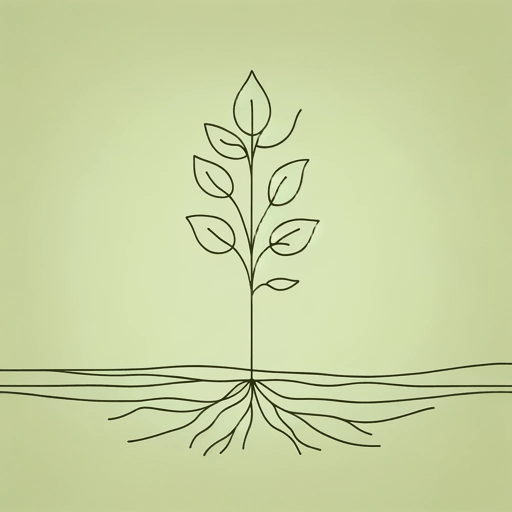36 pages • 1 hour read
Will AllenThe Good Food Revolution: Growing Healthy Food, People, and Communities
Nonfiction | Book | Adult | Published in 2012A modern alternative to SparkNotes and CliffsNotes, SuperSummary offers high-quality Study Guides with detailed chapter summaries and analysis of major themes, characters, and more.
Part 2Chapter Summaries & Analyses
Part 2: “Sweat Equity”
Part 2, Chapter 10 Summary: “Black Gold”
Two years after starting the farm stand, Allen continues to work with young people in Milwaukee. He pursued his ambition and began a non-profit organization called Farm-City Link. This decision gave Allen an opportunity to reflect on his own career in for-profit industries, and he thought carefully about “challenges that [he] faced as a small farmer” (113). Government policies and interventions complicated matters as they “turned raw commodities like corn and wheat and turned them into products that could be used for processed foods and beverages: high-fructose corn syrup, frying oils, flours, and gums” (114). Allen decided to “do work on Silver Spring Drive whose value could not be measured in money” (115).
Allen began to think about ways to “imagine how the CSA model might be modified to make it work for people with little income” (115).Typically, the CSA model asks consumers “to pay $500 or $600 at the beginning of the planting season for food they would receive later in the summer” (115). Allen created a product he called the ‘Market Basket’, and “[a]ll the food in the basket would be food-stamp eligible” (116). The basket was a success, so Allen tried to “bring [the] baskets to other neighborhoods without grocery stores” (116).

